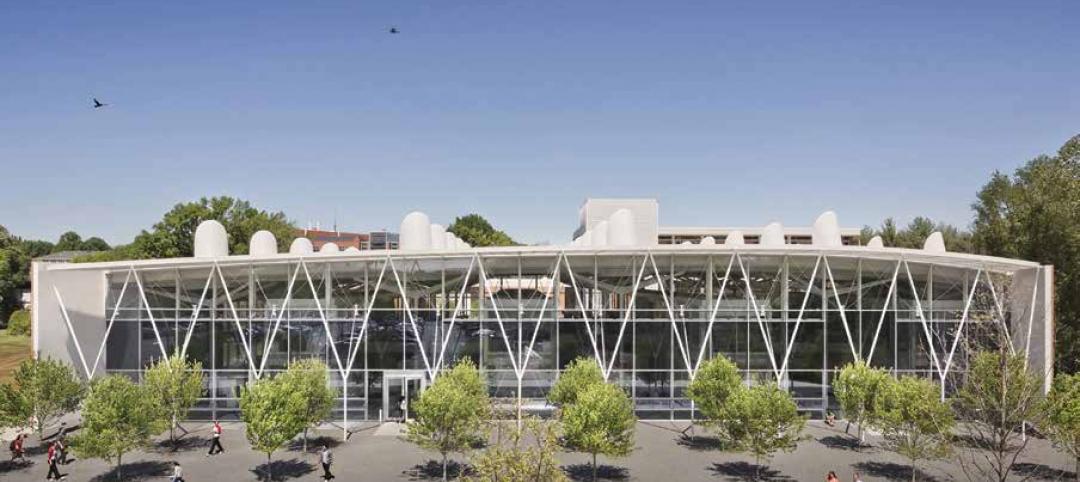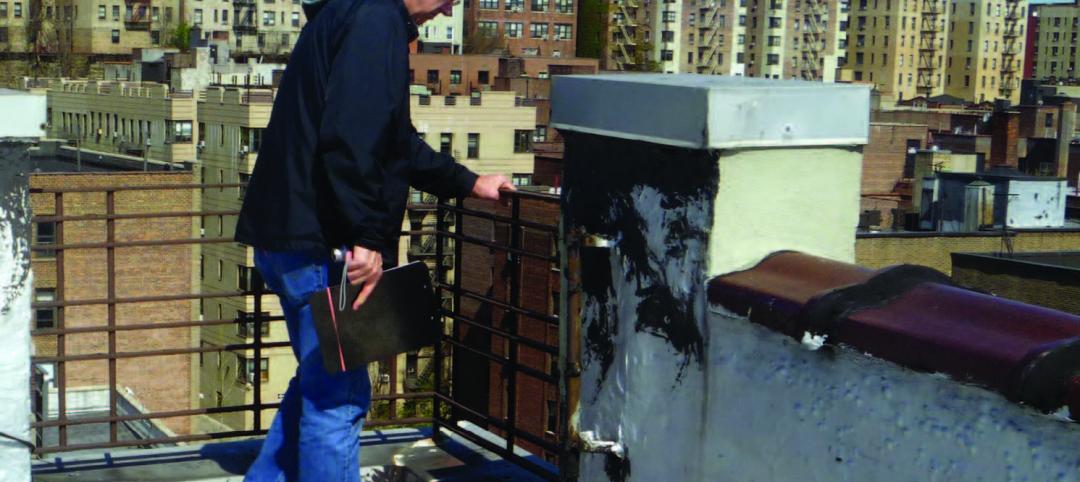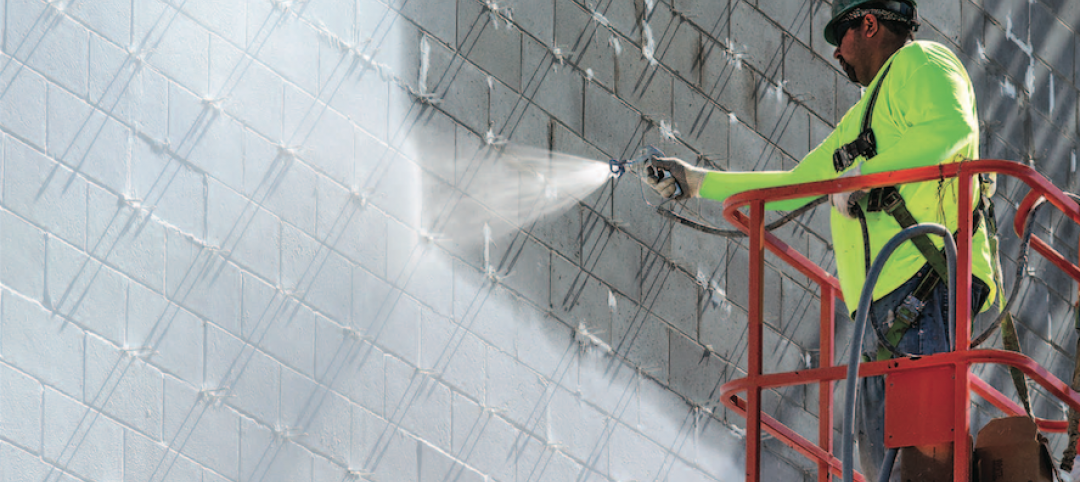Failure modes of glass systems under the extreme heat and pressures of building fires are reasonably well known, yet still hard to predict. In a recent fire simulation on a three-story structure built in India and studied by Underwriters Laboratories, the façade system of toughened glass and aluminum composite panels performed better than expected. That is, the glass did: As the aluminum cladding’s window frames deformed and expanded under heat, “the glass panels did not break due to fire but fell to the ground in intact form,” wrote the captivated research team.
In many cases, however, glass panels and structural glazings subjected to fire do fail. “Compared to other traditional materials for buildings, standard glass is typically characterized by brittle behavior and limited tensile resistance,” according to Chiara Bedon, PhD, a professor at Italy’s University of Trieste, who has studied structural glass systems exposed to fire. “The intrinsic properties of glass—together with typically limited thickness-to-size ratios for glazing elements, the mutual interaction of glass components with adjacent constructional elements as a part of full assemblies, and the combination of mechanical and thermal phenomena—make glass structures highly vulnerable,” says Bedon.
Many of those phenomena are considered in building codes, life-safety codes, and material performance standards. Products such as wire glass—including glazings with the unique look of cast and polished wire, as well as laminated and multi-laminated glazings and glass block—are engineered to block smoke and flames and to withstand high pressures and certain effects of hose streams, all of which can occur during fire events. Many types of glazings can withstand thermal shock, another key phenomenon. Glass that is fire-rated may als
LEARNING OBJECTIVES
After reading this article, you should be able to:
• Describe the safety and security benefits of fire-rated glazing and window systems.
• Discuss the opportunities and limitations of fire-rated glazing applications.
• Compare the competing priorities, codes, and standards related to the specification and detailing of transparent enclosures.
• List and contrast the systems and products used for fire-rate glass assemblies.
TAKE THIS AIA COURSE AT BDCUNIVERSITY.COM
| Sponsored by: |  |
Related Stories
BD+C University Course | May 24, 2018
Accommodating movement in building envelope materials [AIA course]
We may think of the building envelope as an inanimate object, but in reality its components can be quite mobile. This AIA CES course is worth 1.0 AIA LU/HSW.
BD+C University Course | May 24, 2018
Building passively [AIA course]
17 tips from our experts on the best way to carry out passive house design and construction for your next multifamily project. This AIA CES course is worth 1.0 AIA LU/HSW.
BD+C University Course | Apr 12, 2018
Meeting the demand for high-efficiency façades [AIA course]
On a national scale, the impetus to improve building energy performance is manifest in the latest and most far-reaching model energy code from the International Code Council.
BD+C University Course | Jan 2, 2018
The art and science of rendering: Visualization that sells architecture [AIA course]
3D artist Ramy Hanna offers guidelines and tricks-of-the-trade to ensure that project artwork is a stunning depiction of the unbuilt space.
BD+C University Course | Aug 23, 2017
AIA course: New steel systems add strength and beauty
Advances in R&D are fostering new forms of structural and aesthetic steel.
Building Enclosure Systems | Jul 26, 2017
Balcony and roof railings and the code: Maintain, repair, or replace? [AIA course]
Lacking familiarity with current requirements, some owners or managers complete a roof or balcony rehabilitation, only to learn after the fact that they need to tear noncompliant railings out of their new roof or terrace and install new ones.
Building Enclosure Systems | Dec 12, 2016
The 100-year enclosure: Strategies for heat-air-moisture control
Should institutional and commercial buildings be built to last 100 years? Why not? There are plenty of examples that have performed well for a century or more.


![See-through and safe: Innovations in fire-rated glazing [AIA course] See-through and safe: Innovations in fire-rated glazing [AIA course]](/sites/default/files/SAFTI%20FIRST%20final%201.jpg)
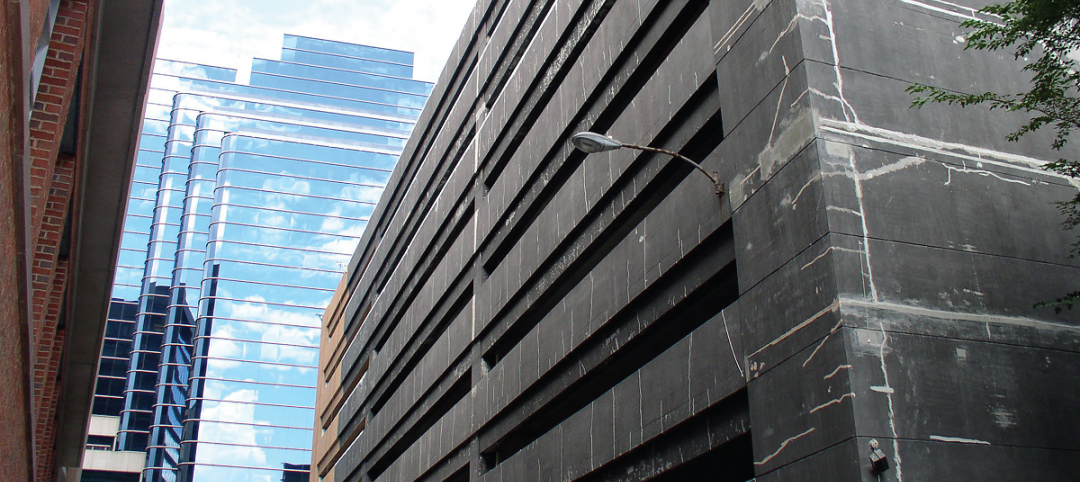
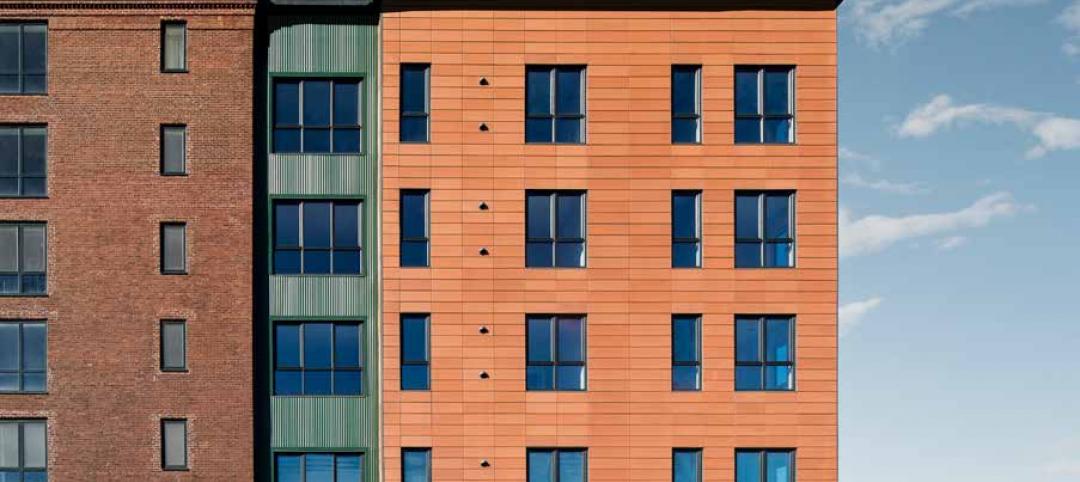
![Meeting the demand for high-efficiency façades [AIA course] Meeting the demand for high-efficiency façades [AIA course]](/sites/default/files/styles/list_big/public/AIA_BDC1217.jpg?itok=SOjPFpxR)

